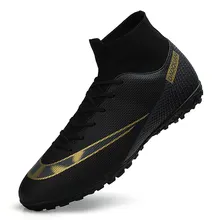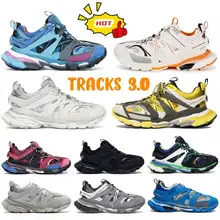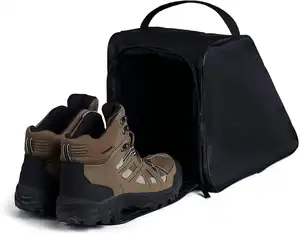Hiking shoes, or "hiking boots," protect the feet during outdoor activities. These specialized shoes are made of durable materials and offer support, protection, and comfort in the following three ways. The design of the soles helps navigate rugged terrain. The water-resistant materials keep the feet dry and comfortable. Finally, the added support around the ankle protects from injuries. Because of this, many consider hiking shoes an essential item for outdoor enthusiasts.
Types of Hiking Footwear
Several types of hiking footwear are available, including walking boots and hiking sandals. The added durability of walking boots makes them well-suited for rougher terrains. The lightweight design of hiking sandals provides breathability and ventilation for warmer weather. They are best for easy trails and dry conditions.
Hiking shoes for men and women have differences in fit and design. Hiking boots for men tend to be broader and deeper. Hiking boots for women, on the other hand, are narrower and shallower. As well, hiking shoes for women come in more feminine colors.
Selecting the Best Hiking Boots: Tips and Techniques
For the best hiking shoe, consider the following two things. First, choose the material. Hiking boots generally come in two options: leather or synthetic. Leather hiking boots offer durability and breathability. However, they can be heavy and take longer to break in. Many hikers may enjoy the lightweight quality of artificial materials. But this material lacks durability. Weigh the pros and cons with personal preference.
Next, pair the terrain with cut off the boot. For mellow terrains, such as paved trails, try low-cut boots. They may be more comfortable but provide the least amount of ankle support. For basic, multipurpose hikes, try a mid-cut boot for protection. This design protects against rocks and debris. Finally, high-cut boots provide extra protection for more extreme hikes. The heaviest of the three options, they offer the most stability on uneven terrain. This may be the best option for hikers who often wear heavy backpacks.














































 浙公网安备 33010002000092号
浙公网安备 33010002000092号 浙B2-20120091-4
浙B2-20120091-4